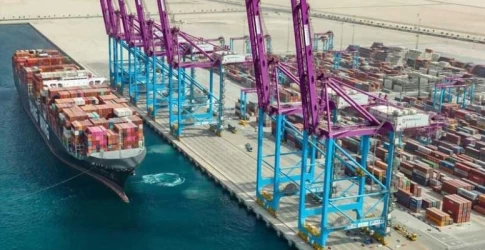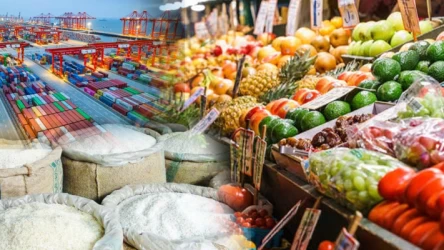Sea transportation in the port of Salalah
Salalah Port, located in Oman, is a vital maritime hub in the Middle East known for its strategic geographical position and modern facilities. This port serves as a key player in facilitating international trade and maritime transportation, making it an essential asset for the region's economy. This article provides a comprehensive overview of marine transportation at Salalah Port, exploring its infrastructure, operations, economic impact, and challenges.
Overview of Salalah Port
Established in 1998, Salalah Port has quickly become one of the leading transshipment ports globally. Its location at the intersection of major shipping routes allows it to serve as a critical gateway for goods moving between the East and West.
- Deep-Water Facilities: Salalah Port features deep-water berths capable of accommodating large container vessels, enabling the efficient handling of high volumes of cargo.
- Advanced Infrastructure: Equipped with state-of-the-art loading and unloading equipment, container terminals, and logistics services, the port enhances operational efficiency and reduces turnaround times for vessels.
Marine Transportation Operations
Marine transportation at Salalah Port involves several key activities:
- Container Handling: The port specializes in containerized cargo and manages millions of TEUs (Twenty-foot Equivalent Units) annually. This capacity allows Salalah Port to provide diverse services to global shipping lines.
- Bulk and General Cargo: In addition to containers, Salalah Port handles bulk cargo, including grains, chemicals, and raw materials. The diversity in cargo handling makes it a preferred choice for various industries.
- Transshipment Services: Salalah Port is a major transshipment hub, allowing vessels to transfer cargo from one ship to another. This function is vital for shipping lines seeking efficient routes for transporting goods.
Economic and Trade Impact
Salalah Port plays a significant role in facilitating trade and enhancing Oman’s economy:
- Regional Trade Center: The port serves as a key logistics hub for the Arabian Peninsula, East Africa, and the Indian subcontinent, improving trade relations and connectivity.
- Economic Development: The activities at Salalah Port contribute to the local economy by creating jobs, attracting investments, and supporting various sectors such as logistics, manufacturing, and tourism.
Challenges in Marine Transportation
Despite its advantages, marine transportation at Salalah Port faces several challenges:
- Competition: The port competes with other regional ports, such as Jebel Ali and Sohar, which may affect its market share.
- Weather Conditions: Adverse weather conditions, particularly during the monsoon season, can disrupt port operations and shipping schedules.
- Regulatory Compliance: Navigating complex customs regulations and ensuring compliance with international shipping standards can be challenging for businesses.
Conclusion
Salalah Port is a crucial player in the maritime transportation sector, offering extensive services and facilities to support global trade. Its strategic location, advanced infrastructure, and commitment to operational excellence make it a preferred choice for shipping lines and businesses. As Oman continues to diversify its economy and improve its logistics capabilities, Salalah Port is poised to maintain its position as a key maritime center in the region.
If you have any specific questions or need further assistance, feel free to ask!











